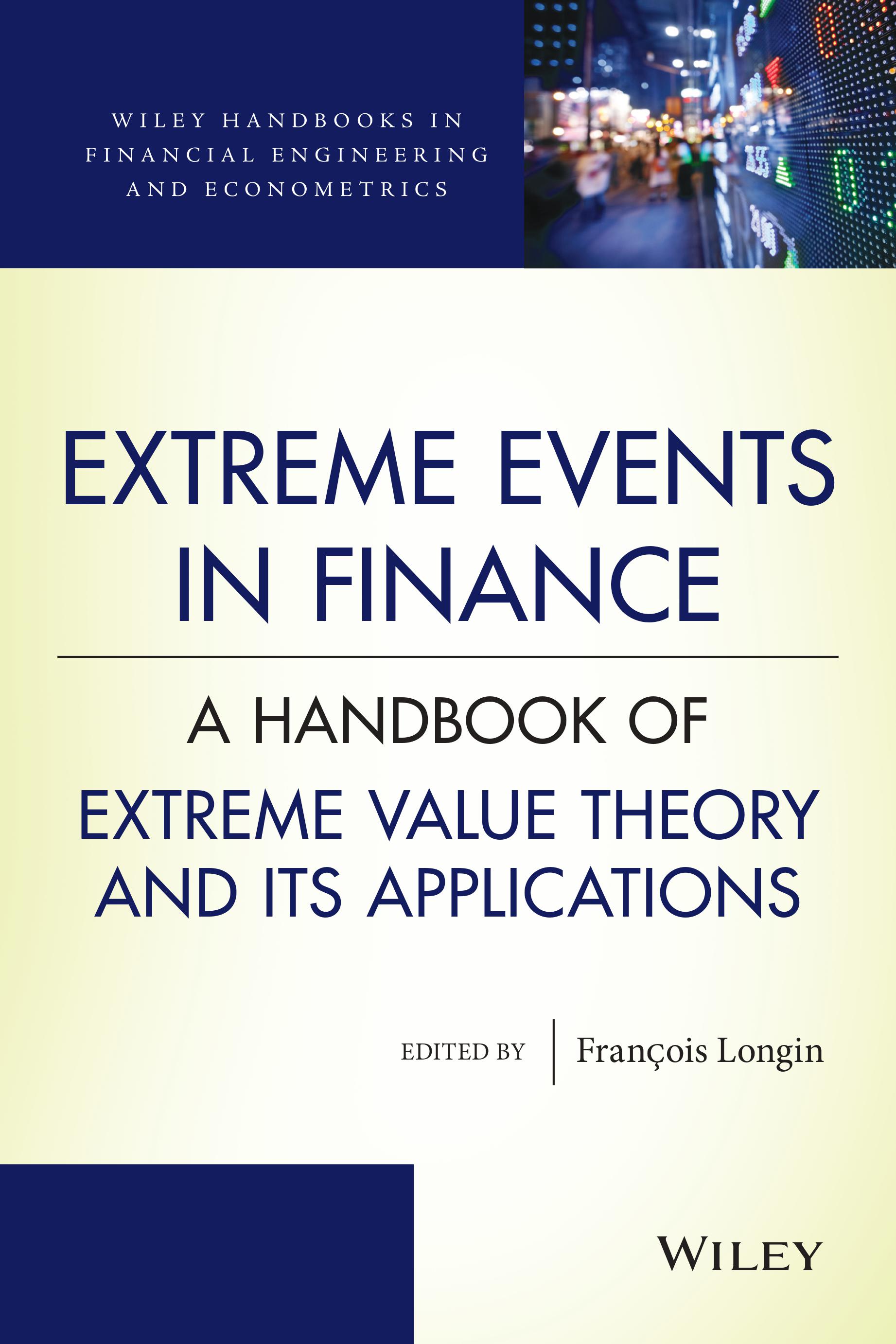Bootstrap methods in statistics of extremes
|
||
|
In this chapter we provide an overview of the bootstrap methodology together with its possible use in the reliable estimation of any parameter of extreme events. For an asymptotically consistent choice of the threshold to use in the estimation of the extreme value index (EVI), we suggest and discuss the so-called double-bootstrap algorithm, where in each run two bootstrap samples of related sizes are generated. Such a threshold is used for the adaptive estimation of a positive EVI, also called tail index, the primary parameter in statistics of extremes. Apart from the classical Hill and peaks over random threshold (PORT)-Hill EVI estimators, we consider a class of minimum-variance reduced-bias (MVRB) EVI estimators and associated PORT-MVRB EVI estimators. The algorithm is described for the EVI estimation, but it can work similarly for the estimation of other parameters of extreme events, like a high quantile, the probability of exceedance, or the return period of a high level. |
||

|

|
Ivette GomesUniversity of Lisbon |
|
Frederico CaeiroNova University of Lisbon |
|
Lígia Henriques-RodriguesUniversity of São Paulo |
|
B G ManjunathDell |
|



